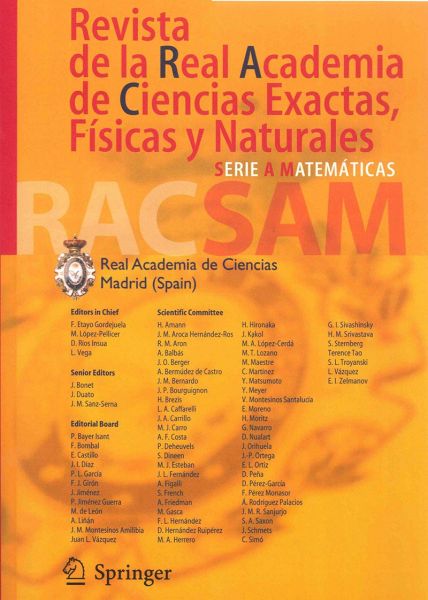M. Jasiczak: Toeplitz operators on the space of all holomorphic functions on finitely connected domains, Revista de la Real Academia de Ciencias Exactas, Físicas y Naturales. Serie A. Matemáticas (117)(1) (2023) https://doi.org/10.1007/s13398-022-01380-9
The beginning of both functional analysis and operator theory is intimately connected with the research of Stefan Banach (1892-1945), a great polish mathematician, in particular with the book he authored "Teorja Operacyj. Tom I: Operacje liniowe", which was published in Warsaw in 1931. It is this book, where such objects as linear operators were defined. Linearity is easy to define. This can be done just as for functions in primary school. Operators must be continuous, as well. This means that close arguments must be mapped onto close values. The project concerns a special class of linear operators called Toeplitz operators. These operators are characterized by a certain infinite matrix of numbers, or a table of numbers. The terms of this matrix need to be constant on the diagonals. In general, it is not an easy task to describe the properties of a linear operator. They are rather complicated creatures. In the case of Toeplitz operators it is easier. This is because there are deep connections of the Toeplitz operators theory with such elementary objects as functions. To be precise, a special class of functions, named holomorphic functions. Holomorphic functions are among the most beautiful and regular objects of mathematics. The theory of Toeplitz operators is a striking example, how seemingly different branches of mathematics are interconnected. In this case, this is complex analysis, which studies holomorphic functions and operator theory. It is a really interesting fact that Toeplitz operators, named after a great german mathematician Otto Toeplitz (1881-1940), were not defined for the first time in his book "Zur Theorie der quadratischen and bilinearen Formen von unendlichen Verandlichen, part I: Theorie des L-Formen" [Toeplitz 1911]. In fact, they appeared later and ever since they are in the main stream of research in mathematical analysis.


